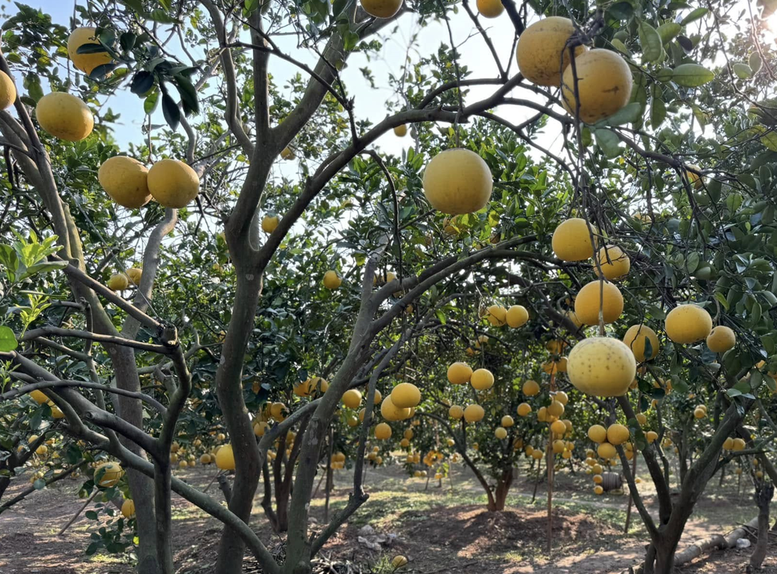
Vietnam currently has more than 100,000 hectares of grapefruit with an output of nearly 1 million tons - Photo: VGP/Do Huong
This is an important step forward, contributing to increasing the value of the product with an output of nearly 1 million tons per year, while overcoming the situation of "domestic surplus, export shortage" of famous grapefruit varieties such as Da Xanh, Nam Roi and Dien.
According to information from Dr. Ngo Xuan Nam, Deputy Director of the Vietnam SPS Office, on May 7, the office issued Official Letter No. 88/SPS-BNNMT which was sent to the Department of Crop Production and Plant Protection to implement the next steps. The final report on biosafety issued by the Australian Department of Agriculture , Fisheries and Forestry (DAFF) confirmed that Vietnamese grapefruit is eligible for import if it complies with pest control measures and plant quarantine procedures.
The report, which was completed in April 2025 after a comprehensive risk assessment from production, harvest to transport, identified 19 pests that need to be managed, including the Asian citrus psyllid, oriental fruit fly, mealybugs and red spider mites – species that have affected citrus in many countries. To protect native ecosystems, Australia recommends measures such as pest-free areas (PFA), irradiation or methyl bromide treatments and pre-export visual inspection. In particular, for citrus canker, Australia requires the application of a “Systems Approach” – a series of integrated measures from orchard to post-harvest.
The assessment process was not only based on technical aspects but also consulted with 7 domestic and international organizations, ensuring that it fully reflected the latest data on production and pest management. However, red spider mites and mealybugs are considered regional quarantine objects in Western Australia, requiring imported grapefruit to comply with interstate transportation regulations. After the announcement, Australia will conduct final verification with Vietnam and the official conditions will be updated on the system.
South Korea officially grants permission to import grapefruit
In parallel with Australia, South Korea has officially licensed the import of Vietnamese grapefruit, marking the third fresh fruit (after dragon fruit and mango) allowed into this market. This is the result of two years of negotiations since the Plant Protection Department launched the program in 2018, with technical consensus reached in a bilateral meeting in April 2024. Strict quarantine requirements include growing area registration, heat treatment and testing of 2% of cartons or 600 fruits per shipment for pests such as Prays endocarpa and Citripestis sagittiferella.
The opening of the Korean market, with a population of 50 million, opens up great opportunities, especially when Vietnamese grapefruit is already present in 13 countries and territories, including the United States, Canada, New Zealand, Germany, the Netherlands, the UAE, Hong Kong, and Norway. China leads with more than 50% of export turnover, followed by the United States and South Korea, but the export volume is still modest, about 5,000 tons/year.
The area under grapefruit cultivation in Vietnam has doubled in the past five years, from 50,000 hectares in 2015 to more than 100,000 hectares in 2025, with an output of nearly 1 million tons, concentrated in the Mekong Delta, the Red River Delta and the Northern Midlands and Mountains. Grapefruit varieties such as Da Xanh, Nam Roi, Dien and Tan Lac have affirmed their quality in demanding markets such as the EU and Japan. However, export output remains low due to limitations in technical standards, preservation technology, and domestic surplus, especially with Da Xanh grapefruit - a popular fruit but with its international potential not yet fully exploited.
The opening of markets by Australia and South Korea not only increases consumption opportunities but also encourages the Vietnamese grapefruit industry to improve quality and comply with international standards. It is forecasted that by 2025, the number of countries importing Vietnamese grapefruit may increase to 14, including Australia, with the expectation of a sharp increase in export turnover thanks to pest control measures and investment in post-harvest technology. The industry needs to focus on developing growing areas that meet GlobalGAP standards, improving farming skills, and building a chain linking farmers to businesses to meet the strict requirements of new markets.
Do Huong
Source: https://baochinhphu.vn/buoi-viet-nam-mo-rong-thi-truong-xuat-khau-102250508085440645.htm



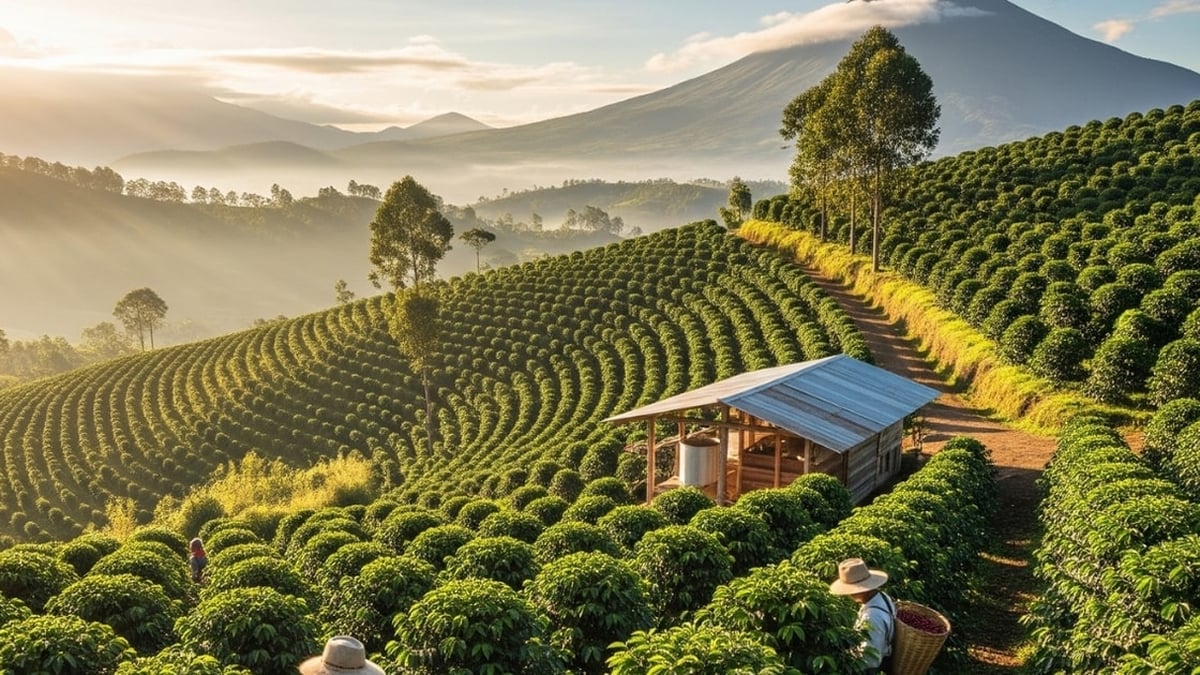
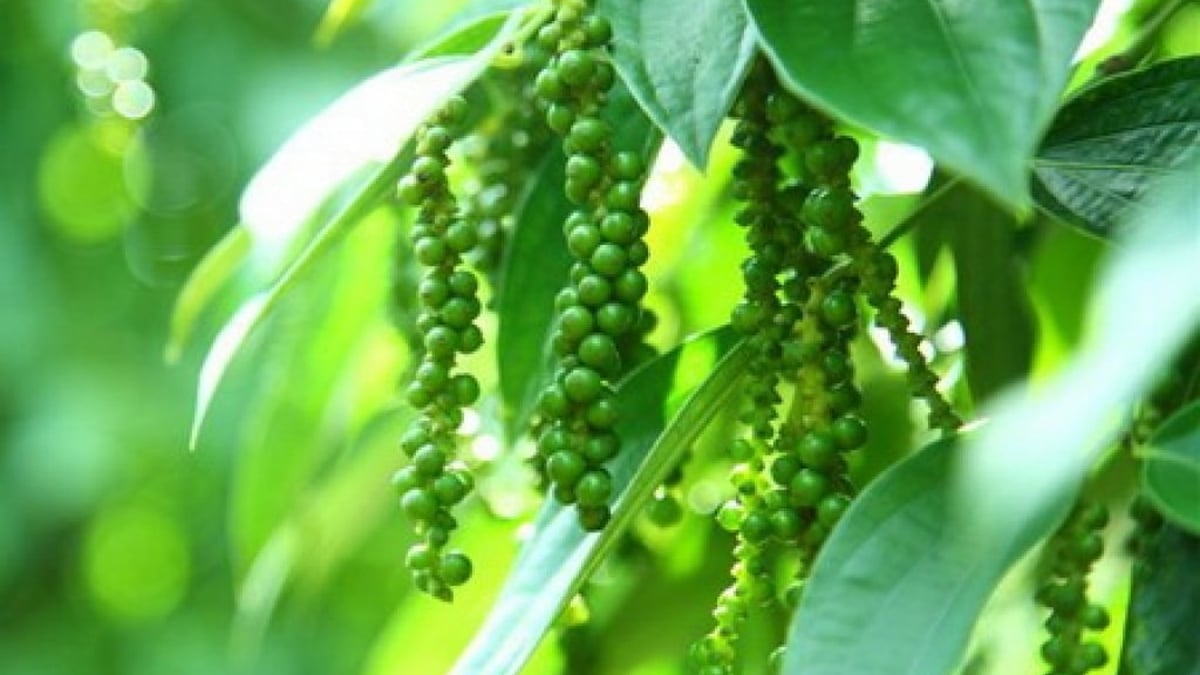

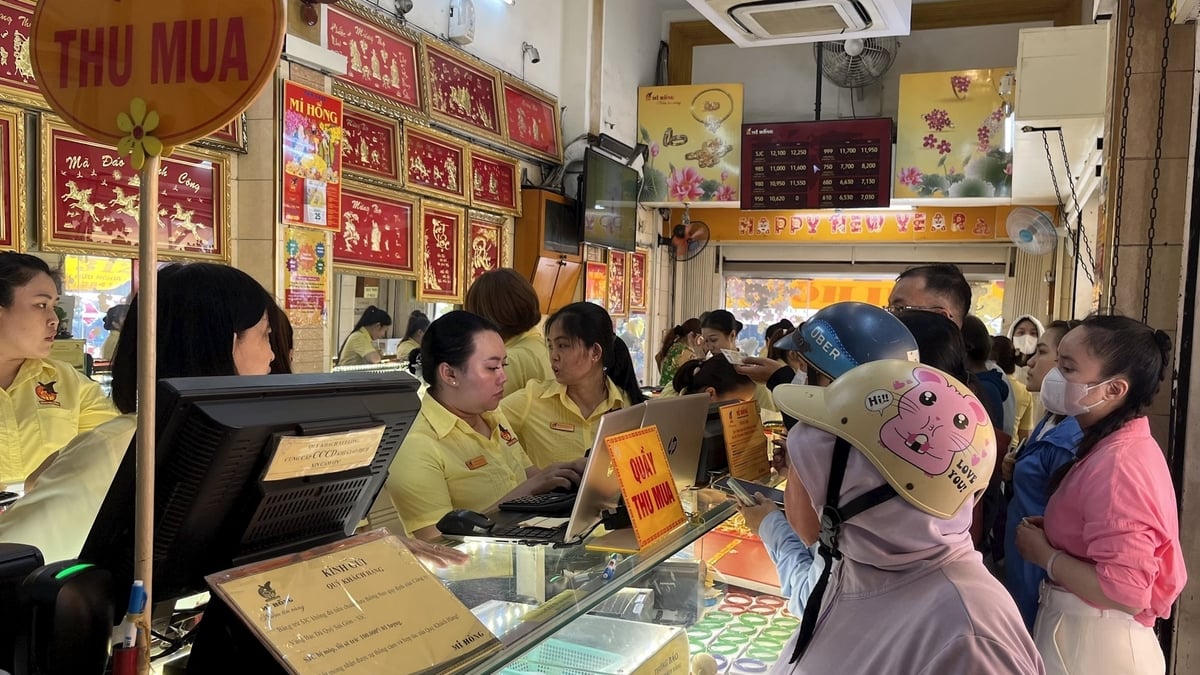
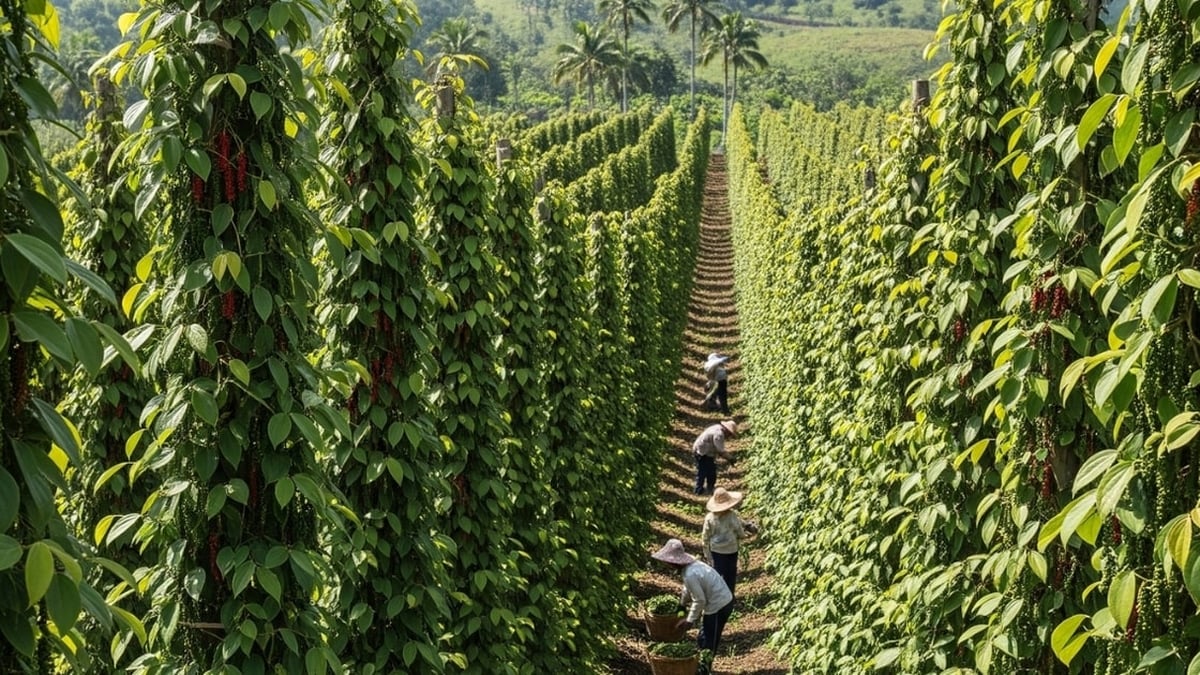





















































































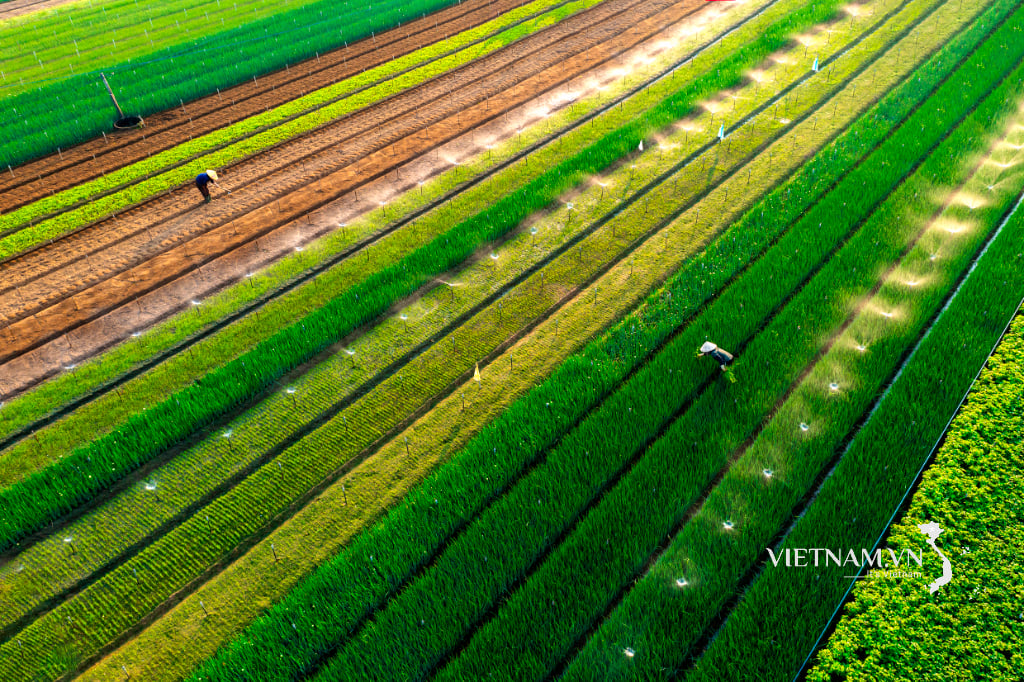


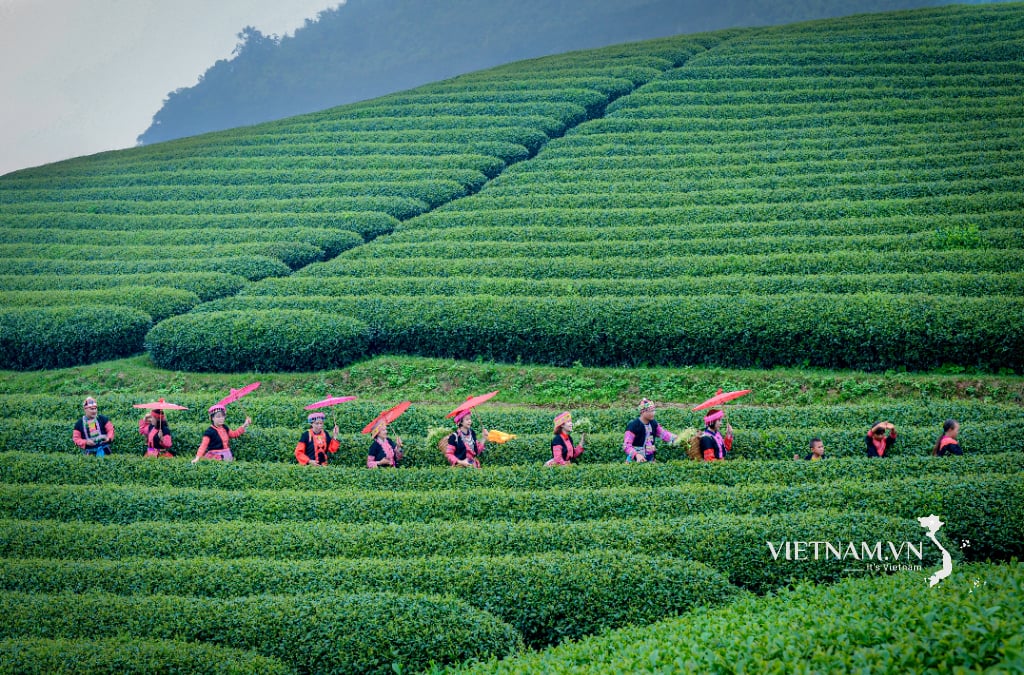
Comment (0)